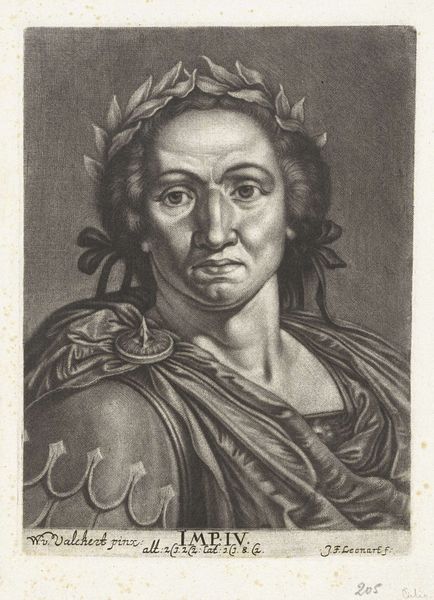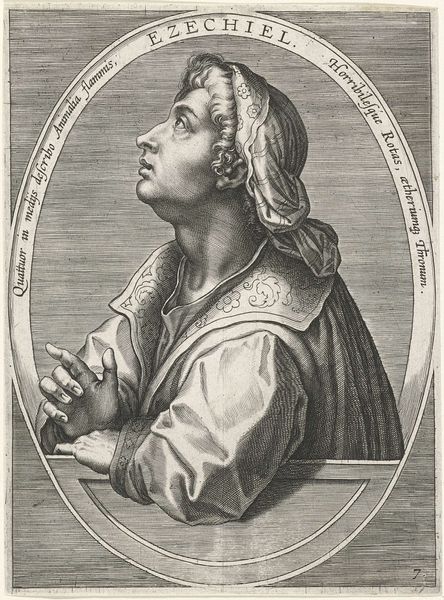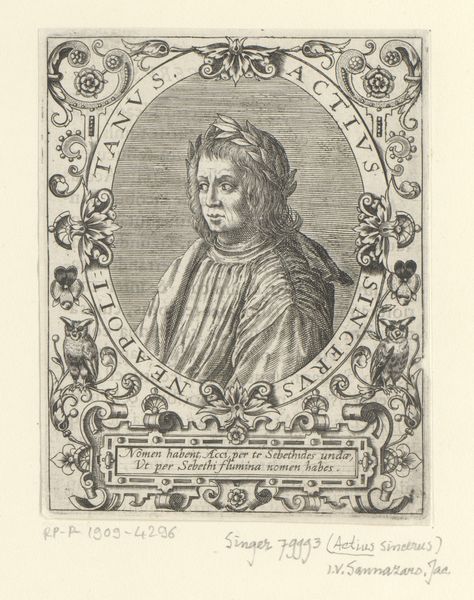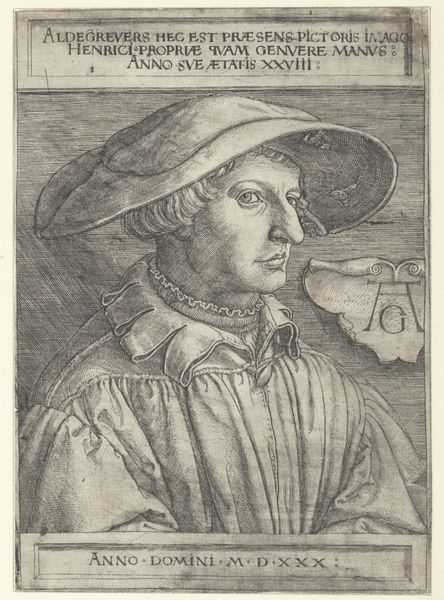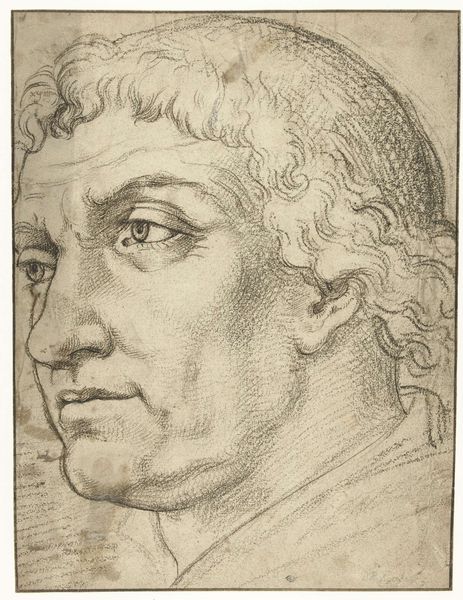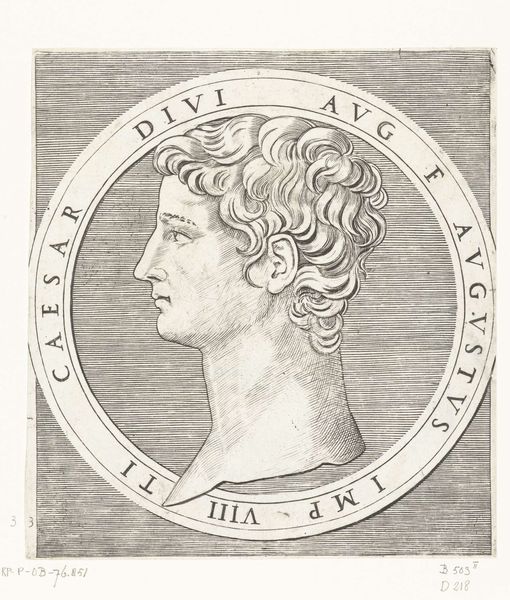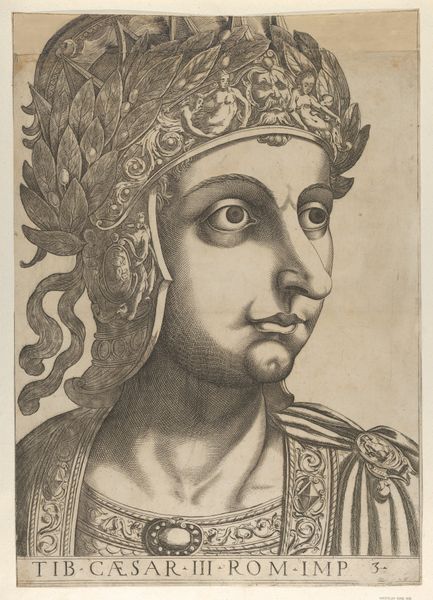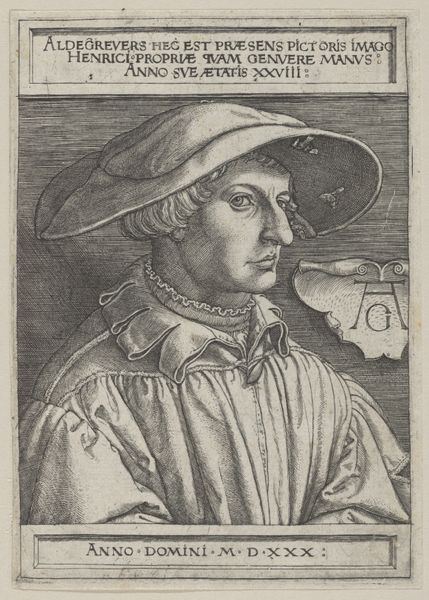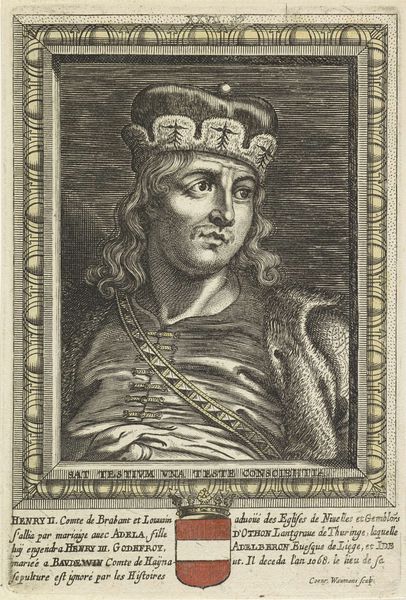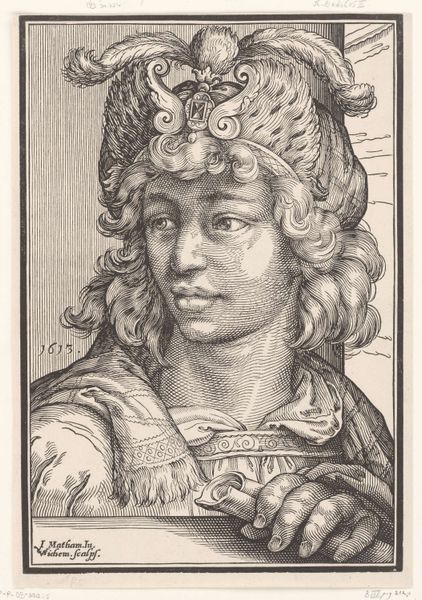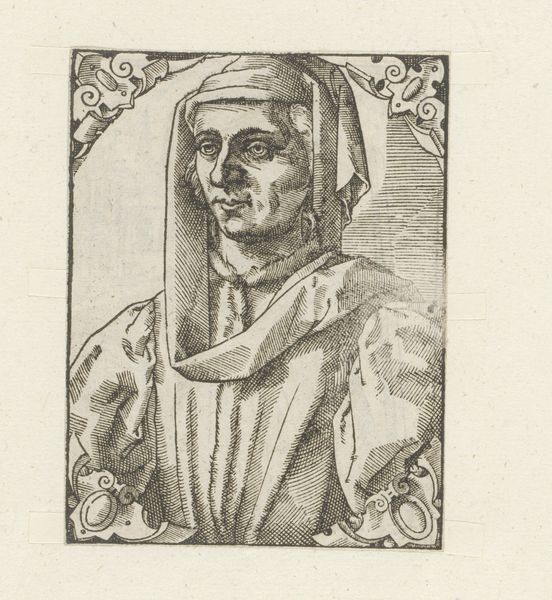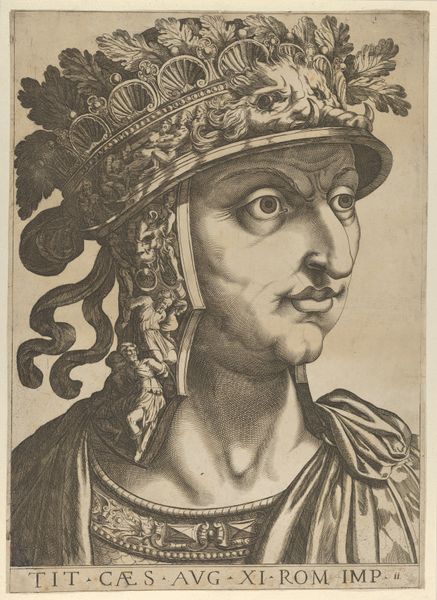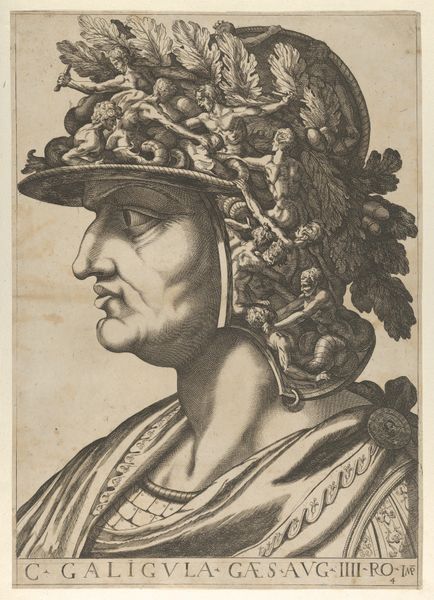
print, engraving
#
portrait
# print
#
figuration
#
portrait drawing
#
history-painting
#
northern-renaissance
#
engraving
Dimensions: diameter (trimmed to image): 4.8 cm (1 7/8 in.)
Copyright: National Gallery of Art: CC0 1.0
This likeness of V.H. Reinnier was made in 1516 by Jakob Binck using the intaglio process of engraving. Lines are incised into a copper plate with a tool called a burin, and these grooves are filled with ink. The plate is then pressed onto paper, transferring the image. The character of an engraving is determined by the artist’s hand pressure and control of the burin, allowing for fine detail and tonal variation. This print testifies to the rise of printmaking as a means of reproducing images in multiples. It offered artists a way to disseminate their work widely and build a reputation. It also allowed a broader public access to portraiture and other imagery, contributing to a more visually saturated culture. This portrait exemplifies a key shift in art history; the move towards reproducibility, reflecting an increasingly commercialized society. The importance of understanding materials, making, and context cannot be overstated. By focusing on these aspects, we challenge traditional distinctions between fine art and craft.
Comments
No comments
Be the first to comment and join the conversation on the ultimate creative platform.

